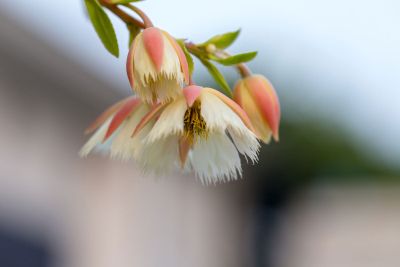Lily of the Valley Tree Information
Elaeocarpus lily of the valley trees are evergreens native to Australia. Growing Elaeocarpus outside is only possible in warmer regions like USDA plant hardiness zones 10 to 12. The tree thrives indoors as a tough houseplant almost anywhere though. These trees grow up to 30 feet (9 m.) in the wild. If you grow them indoors; however, they probably won’t get taller than you are. This tree offers gorgeous clusters of beautiful blossoms that smell like anise. They resemble the bell like that from lily of the valley flowers but are frilly and fringed at the edges. Bright blue berries follow. The features of Elaeocarpus trees are so unusual that the species has picked up a handful of colorful common names. In addition to being called lily of the valley tree, it is also known as blue olive berry tree, Anyang Anyang, rudraksha tree, fairy petticoats, Shiva’s tears, and fringe bells.
Lily of the Valley Tree Care
If you are interested in growing Elaeocarpus, you’ll be glad to know that it is not a fussy plant. This perennial thrives in any exposure, from full sun to full shade, although flowering and fruiting are more abundant when the plant gets some sun. Don’t worry about providing rich soil for a lily of the valley tree. It tolerates poor soil, dry conditions, as well as low light conditions indoors or out. However, Elaeocarpus lily of the valley tree care is much easier if you plant it in soil based potting mix for containers or outdoors in well-draining, humus rich, moist soil. The plant is sensitive to overfeeding, so go light on fertilizer. Prune in summer after the first flush of blossoms has passed.
